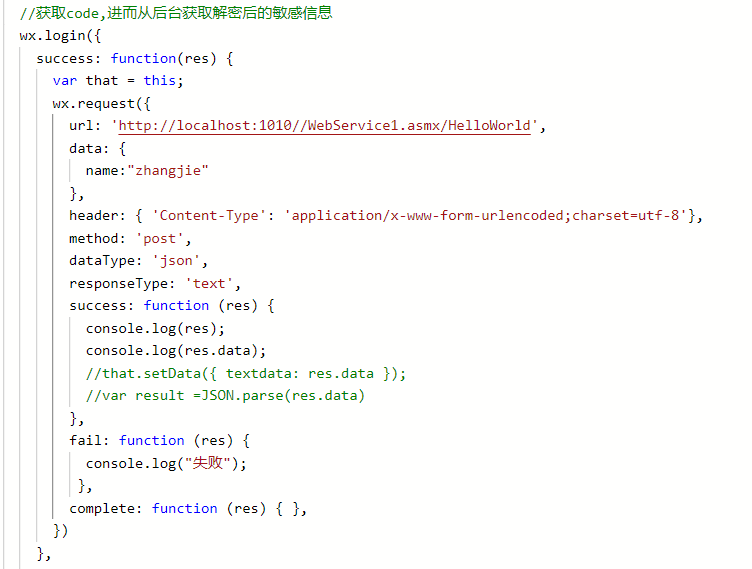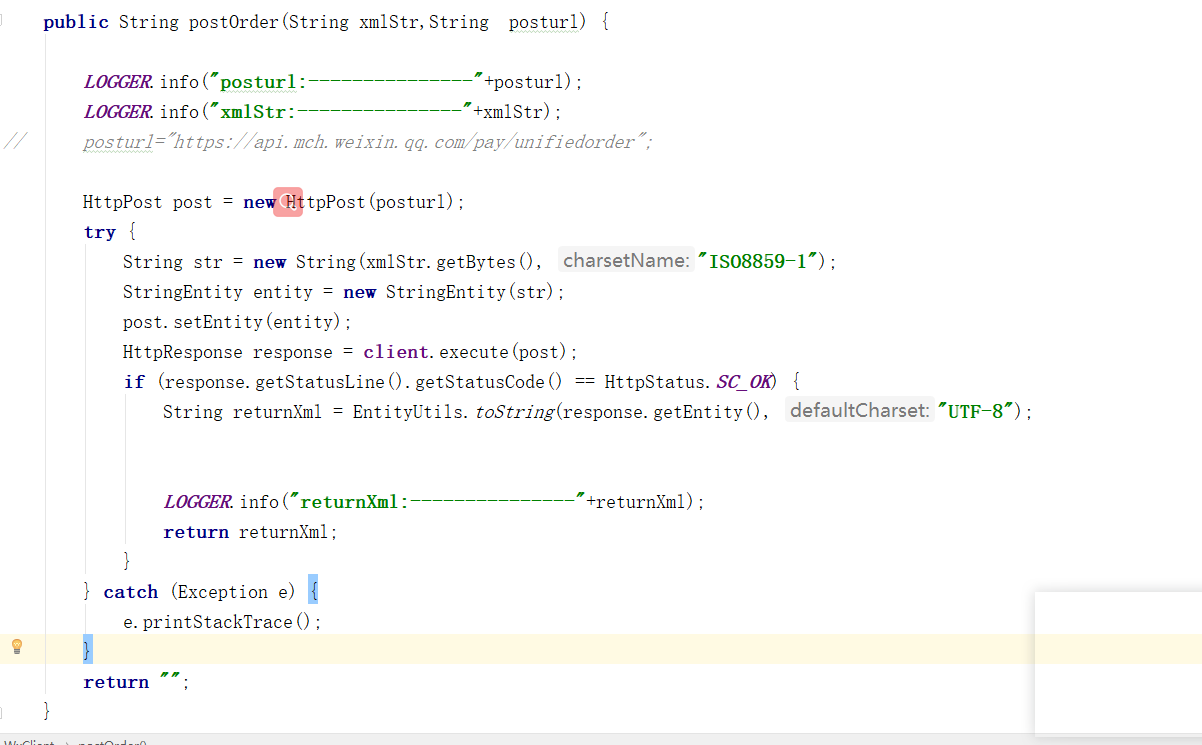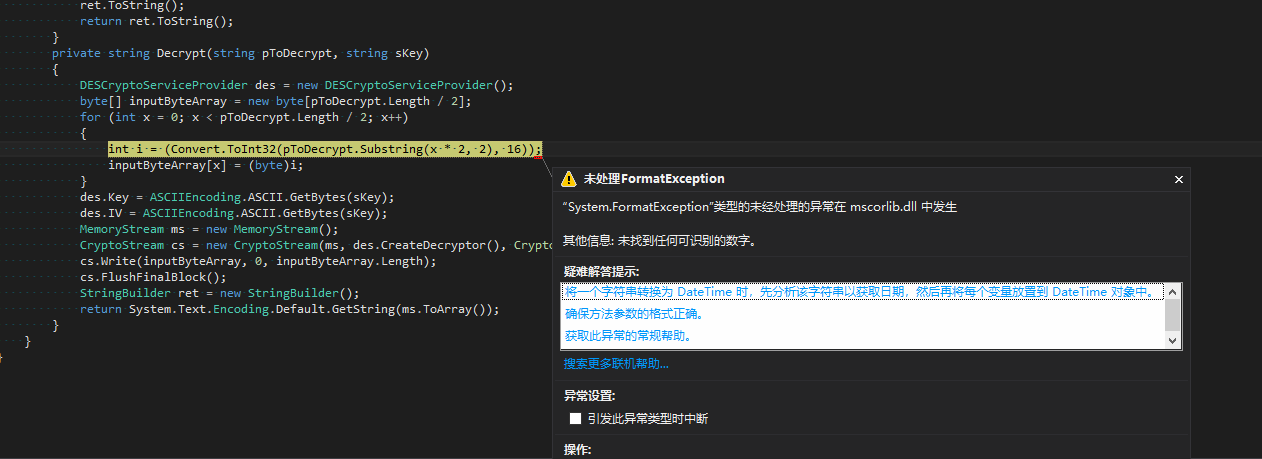Long story short: pythonw.exe does nothing, python.exe accepts nothing (which one should I use?)
test.py:
print \"a\"
CMD window:
C:\\path>pythonw.exe test.py
<BLANK LINE>
C:\\path>
C:\\path>python.exe test.py
File \"C:\\path\\test.py\", line 7
print \"a\"
^
SyntaxError: invalid syntax
C:\\path>
Please tell me what I\'m doing terrible wrong.
If you don\'t want a terminal window to pop up when you run your program use pythonw.exe;
Otherwise, use python.exe
Regarding the syntax error: print is now a function in 3.x
So use instead:
print(\"a\")
To summarize and complement the existing answers:
You can control which of the executables runs your script by default - such as when opened from Explorer - by choosing the right filename extension:
*.py files are by default associated (invoked) with python.exe*.pyw files are by default associated (invoked) with pythonw.exe
See here: http://docs.python.org/using/windows.html
pythonw.exe \"This suppresses the terminal window on startup.\"
If you\'re going to call a python script from some other process (say, from the command line), use pythonw.exe. Otherwise, your user will continuously see a cmd window launching the python process. It\'ll still run your script just the same, but it won\'t intrude on the user experience.
An example might be sending an email; python.exe will pop up a CLI window, send the email, then close the window. It\'ll appear as a quick flash, and can be considered somewhat annoying. pythonw.exe avoids this, but still sends the email.
I was struggling to get this to work for a while. Once you change the extension to .pyw, make sure that you open properties of the file and direct the \"open with\" path to pythonw.exe.




